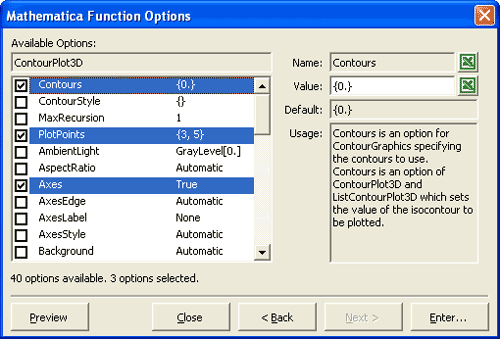

In my case I’ve just selected all the tables in my database :Ĭlick on the ‘Edit mappings…’ button towards the bottom of the screen and the following window should appear: Make sure the tables you want are actually selected (i.e. Or you can just select which tables you want copying. Select the relevant tables in the ‘Select Source Tables and Views’ page by clicking the checkbox in the header for all tables, The wizard to allow specific values to be inserted into the identity column, much like you can with a SQL query. Fortunately there is an easy solution in that you can select an option in Not immediately obvious from the error message.

The issue here is that the ‘SystemInformationID’ column in this table is defined as an identity column, although that’s
Ğrror 0xc004700c: Data Flow Task 1: One or more component failed validation. Ğrror 0xc004706b: Data Flow Task 1: "component "Destination - BuildVersion" (28)" failed validation and returned validation status "VS_ISBROKEN". Ğrror 0xc0202045: Data Flow Task 1: Column metadata validation failed. Ğrror 0xc0202049: Data Flow Task 1: Failure inserting into the read-only column "SystemInformationID". However, if the data you receive is in a tab-delimited file, then you can use the Text Import Wizard like I showed you to bring the data into Excel. In fact, Excel 2019 can read in comma-separated value files directly, so all I really needed to do was double-click it. I have to admit that I went the long way around, using a comma-separated value file to get it into Excel. I'll click Finish, where to put the data? I'll just use an existing sheet and in the selected cell of A1, click OK, and here is my data. As I said before, Excel's good about recognizing that. I'll click Next and I won't worry about data formatting. And I see in my preview that all of the columns appear to be accurate. And here I see that I can identify my delimiter. Right, everything is good here, so I will click Next. You don't have to worry about that, Excel's pretty good about recognizing it. And I do want to start the import at row one, and this is, in fact, the file origin, or the text encoding procedure that is used for this file. I can indicate whether the values are delimited, meaning that there is a character such as a comma separating each field, or a fixed width. Doing so launches the Text Import Wizard. So I will click ImportData.csv, which is the file I want to use in chapter eight, and click Get Data. To do that, I will go to the Data tab of the ribbon and then click the From Text button, which is over on the left side. So with that in mind, I can close TextEdit and go back into Excel and import the data. Instead, it is actually part of the value. That's because I have a comma that is not meant to be used as what's called a delimiter. And you can see the double quotes on either side of it. For that reason, the value is put in quotes. One thing to note is that because I have commas in my numerical values, for example here in the third row, and I'll highlight it so you can see it more easily, I have $4,951. So order number one was placed on January 1, 2017, and you can see the rest of the information. And then below that, separated by commas, I have values that describe the order. Those are my headers for an Excel table or Excel data list. 
You can see that at the top row I have the order number, date of purchase, SKU or stock keeping unit quantity, and so on. I'll press Command + Tab to display the TextEdit program. But let me show you what the text file looks like first. I have that open right now, so I'm going to bring my text values into here. And my sample file, or at least the first one that I'll work with, is the ImportTarget dialog box. I'll demonstrate how to do that in this movie. If that's the case, they might save their data to a text file, you can bring that data into Excel using the Text Import Wizard. When you work with colleagues in other departments or other companies, they might not have access to Excel.







 0 kommentar(er)
0 kommentar(er)
